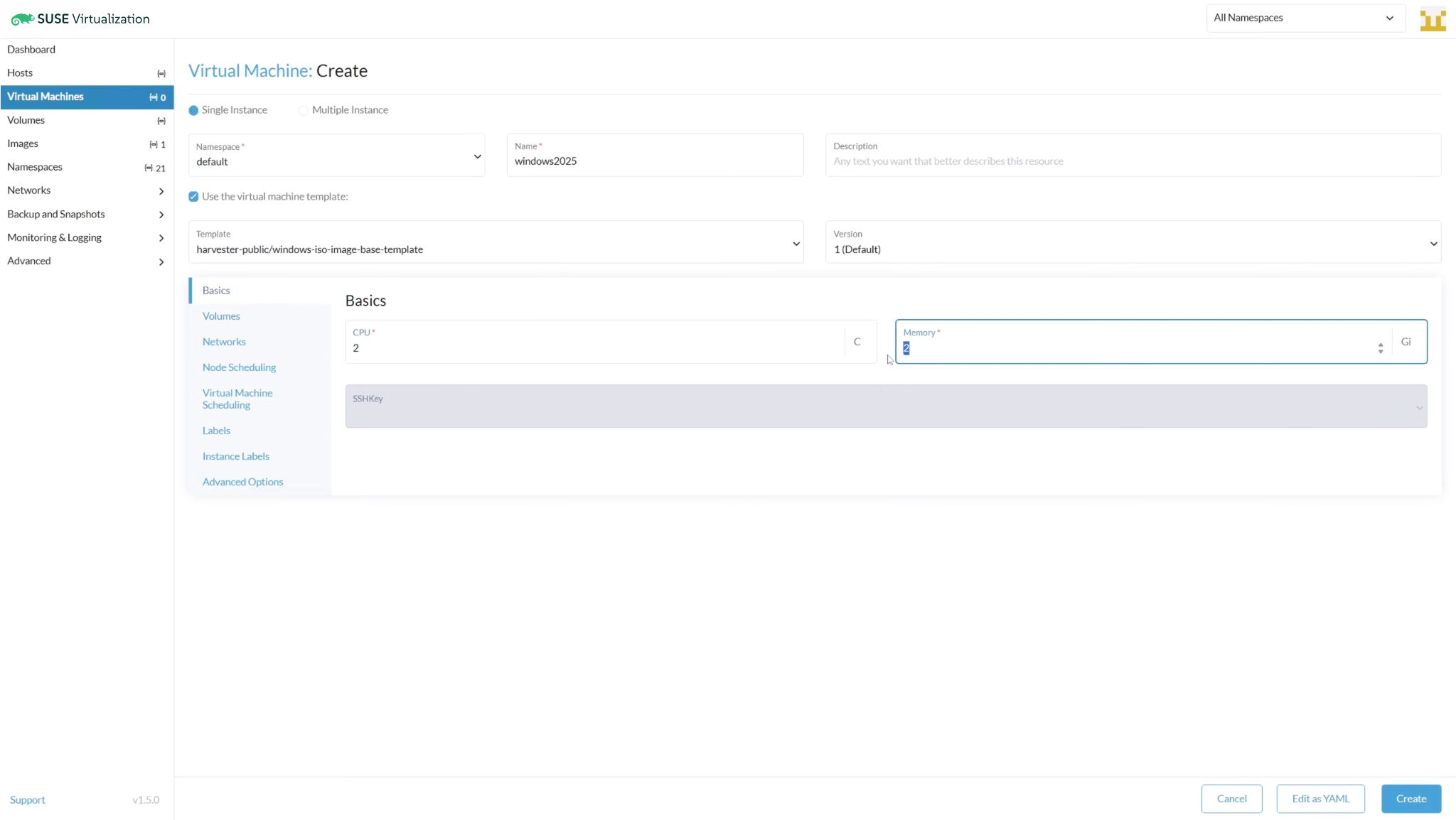SUSE Adds Arm Support to HCI Platform for Running Monolithic Apps on Kubernetes
SUSE has generally made available an update to its platform for running monolithic applications designed for hyperconverged infrastructure (HCI) environments on top of Kubernetes clusters that now supports both 64-bit Arm and Intel processors.
The SUSE Virtualization platform is based on Harvester, an open source project launched by SUSE in 2022 that is based on KubeVirt, software for running virtual machines in containers, an instance of a kernel-based virtual machine and Longhorn, a block storage platform.
The 1.5 edition of the platform adds support for 64-bit Arm processors along with a certification initiative to ensure compatibility between SUSE Virtualization application programming interfaces (APIs) and third-party data protection platforms. In addition, SUSE Virtualization is compatible with appliances that invoke the Container Storage (CSI) interface to access persistent storage.
Finally, SUSE is committing to a predictable fourth-month release cadence that aligns with the pace at which Kubernetes is upgraded.
Peter Smails, senior vice president and general manager for cloud native at SUSE, said the overall goal is to make it simpler for IT teams to modernize monolithic applications by deploying them on Kubernetes clusters where they can be centrally managed alongside cloud-native applications using the Rancher management framework. That approach eliminates the need to employ two separate IT teams to manage HCI and Kubernetes infrastructure at a time when many organizations are more sensitive to the total cost of IT, he added.
Additionally, it provides organizations that today rely on commercial HCI platforms such as VMware from Broadcom with an alternative open source option for running legacy applications, noted Smails.
It’s not clear what level of performance can be achieved using KubeVirt to run KVM-based virtual machines on a Kubernetes cluster, but just about every organization that has adopted HCI has some subset of applications that can be effectively run on KubeVirt. The challenge is identifying which of those applications are candidates for migration based on the level of performance that needs to be attained and maintained.
Just about every IT team is on some type of modernization journey; the only thing that differentiates them is the pace and motivation, noted Smails. Some have a smoldering resentment against price hikes implemented by Broadcom in the wake of its acquisition of VMware, while others are simply trying to consume IT infrastructure more cost efficiently using a cloud-native platform such as Kubernetes that is designed to scale up and down more easily than a traditional HCI environment, he added.
Regardless of motivation, many organizations will still be having these conversations for the next three years or more, especially as advancements in artificial intelligence (AI) theoretically make it easier to centrally manage a wide range of classes of applications, noted Smails.
In the meantime, SUSE is betting that open source technologies will continue to prove to be a more attractive option for running any type of application workload. The issue then becomes determining which platform lends itself better to running a mix of types of application workloads, both today and tomorrow, as virtualization technologies such as KubeVirt continue to evolve.



